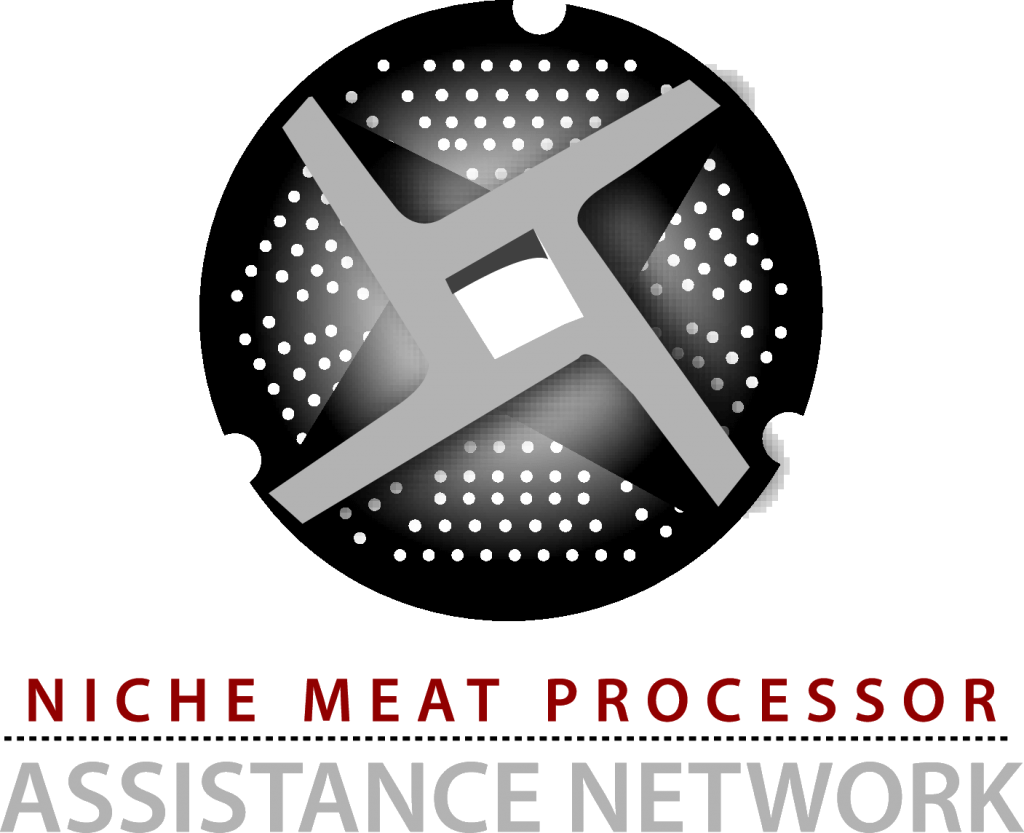This page was developed with input from experienced producers, processors, and regulators.
Who Has Jurisdiction?
What Counts as Pet Food?
-
Dog and cat food, aquarium fish food, raw meat and raw poultry formulations for pets.
-
Pet treats or chews (e.g., dog biscuits, rawhide, pig ears)
-
Vitamins, minerals, and other nutritional supplements intended for dogs, cats, and other pets.
-
Pet food ingredients such as animal products, plant protein products, grain products, vitamin and mineral products.

What Are the Rules?
FDA requires that all animal foods, like human foods, be safe to eat, produced under sanitary conditions, contain no harmful substances, and be truthfully labeled. What that means in practice is spelled out on the AAFCO website.
However, keep in mind that USDA-FSIS has its own requirements for inspected processors who want to make pet food. A good first step is to talk to your current inspector about what you want to do. You may need to declare when during the day or week you will be making pet food to ensure it is separate from human food in time or space.
-
Complete segregation from inspected product through the whole process;
-
Handled in the same manner as edible product (sanitary conditions, temperature, employee hygiene, etc.);
-
Produced from product that could be used for human food. (No inedible products, no products that deviated from HACCP plan, etc.);
-
Labeled according to poultry or red meat regulations (but without the inspection legend or “bug”);
-
Produced during inspection hours.
Issues to Watch
Salmonella
FDA’s regulations on pet food are changing. Salmonella contamination is a particular concern, especially for dogs: it can make dogs really sick or even kill them. Humans who handle contaminated pet food can also get salmonella if the product is not treated properly. In July 2013, FDA published Guidance for FDA Staff: Compliance Policy Guide for Sec.690.800 Salmonella in Food for Animals and a notice in the Federal Register.
Food Safety Modernization Act
In addition to current FDA regulations and guidance, the Food Safety Modernization Act (FSMA) will also affect pet food processing. In October 2013, FDA released a draft proposed rule regarding pet food: FSMA Proposed Rule to Establish Current Good Manufacturing Practice and Hazard Analysis and Risk-Based Preventive Controls for Food for Animals. The New York Times covered the proposed ruling in a recent article entitled FDA Bids to Regulate Animal Food, Acting After Recall and Deaths. The link to that article is here (may require subscription). The rule is currently open for public comment.


